The Role of Nanotechnology in Medicine
Introduction
Nanotechnology, the manipulation of matter on an atomic and molecular scale, has found its way into various fields, one of which is medicine. This article explores the role of nanotechnology in medicine, detailing its applications, benefits, and potential drawbacks.
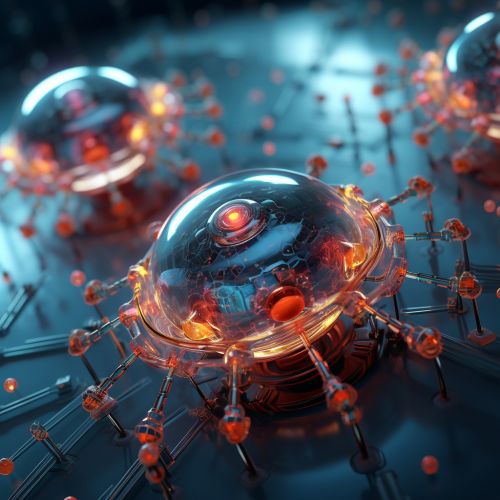
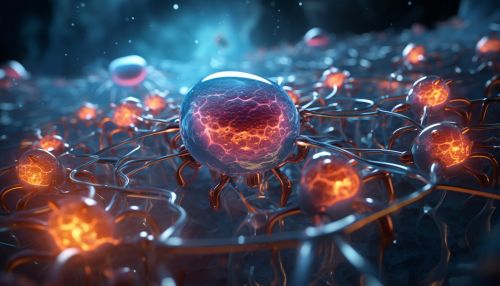
Overview of Nanotechnology
Nanotechnology involves the manipulation of particles at the nanometer scale, typically 1 to 100 nanometers. A nanometer is one billionth of a meter, making it incredibly small. At this scale, the physical, chemical, and biological properties of materials differ in fundamental and valuable ways from the properties of individual atoms and molecules or bulk matter.
Nanotechnology in Medicine: An Overview
The application of nanotechnology in medicine, often referred to as nanomedicine, is offering numerous exciting possibilities in healthcare. Its role is prevalent in areas such as drug delivery, therapy techniques, diagnostics, and more.
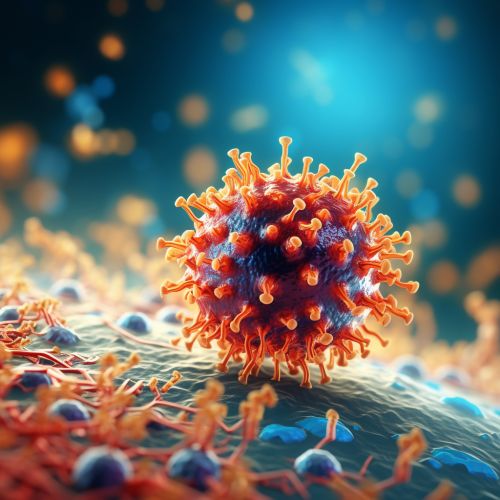

Drug Delivery
One of the most promising applications of nanotechnology in medicine is in drug delivery. Nanoparticles can be designed to target specific cells or tissues in the body, making drug delivery more efficient and reducing side effects.
Targeted Drug Delivery
Targeted drug delivery using nanotechnology involves the creation of nanoparticles that can carry drugs directly to the cells that need them. This approach has the potential to dramatically increase the efficacy of drugs, as it ensures that the entire drug reaches the target cells, rather than being distributed throughout the body.
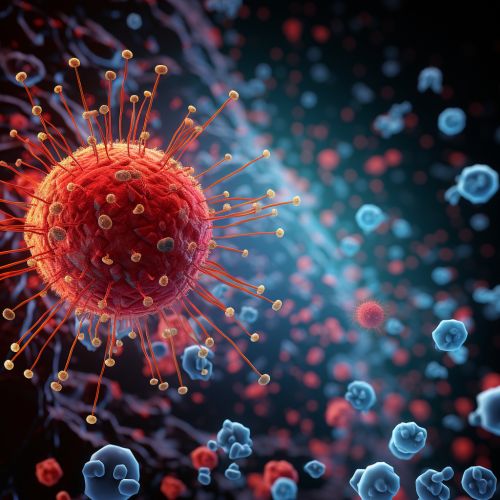
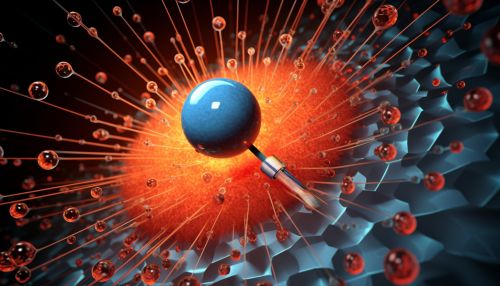
Reduced Side Effects
By delivering drugs directly to the cells that need them, nanotechnology can also reduce the side effects associated with many medications. This is because the drugs are not being distributed throughout the body, but are instead concentrated where they are needed most.
Therapy Techniques
Nanotechnology is also being used to develop new therapy techniques. For example, nanoparticles are being used in cancer therapy to target and destroy cancer cells without harming healthy cells.
Nanoparticles in Cancer Therapy
In cancer therapy, nanoparticles can be designed to target cancer cells specifically, which can then be destroyed without damaging healthy cells. This is a significant improvement over traditional cancer treatments, which often harm healthy cells as well as cancer cells.

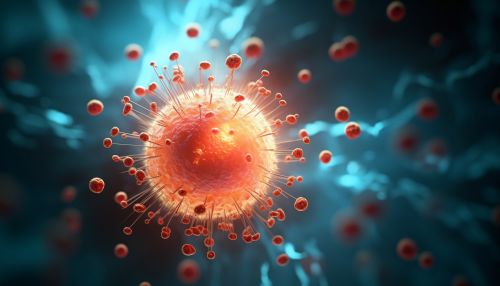
Nanotechnology and Gene Therapy
Nanotechnology also holds promise in the field of gene therapy. By using nanoparticles, genes can be delivered directly to cells in a more controlled and effective manner. This could potentially allow for the treatment of genetic disorders that are currently incurable.
Diagnostics
Nanotechnology is also playing a significant role in diagnostics. Nanoparticles can be used to improve imaging techniques, making it easier to diagnose diseases.
Nanoparticles in Imaging
Nanoparticles can be used to enhance the imaging of tissues, making it easier for doctors to diagnose diseases. For example, nanoparticles can be used to improve the contrast in MRI scans, making it easier to see fine details.
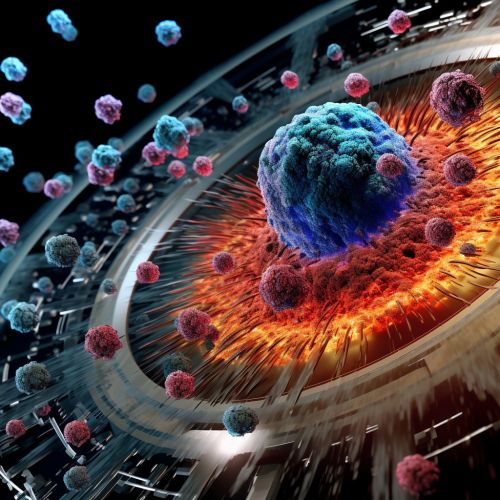
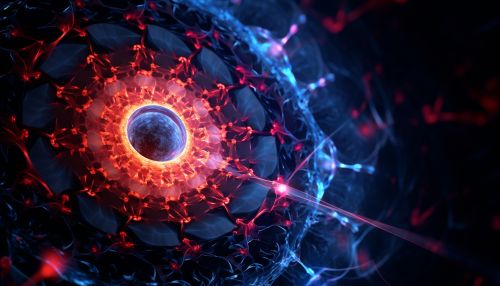
Early Disease Detection
Nanotechnology also has the potential to improve early disease detection. By using nanoparticles, it may be possible to detect diseases at a much earlier stage, which can significantly improve the prognosis.
Potential Drawbacks and Ethical Considerations
While nanotechnology offers many exciting possibilities in medicine, it also raises some potential drawbacks and ethical considerations. For example, the long-term effects of nanoparticles in the body are not yet fully understood, and there are concerns about potential toxicity. There are also ethical issues to consider, such as who should have access to these advanced treatments and how they should be regulated.
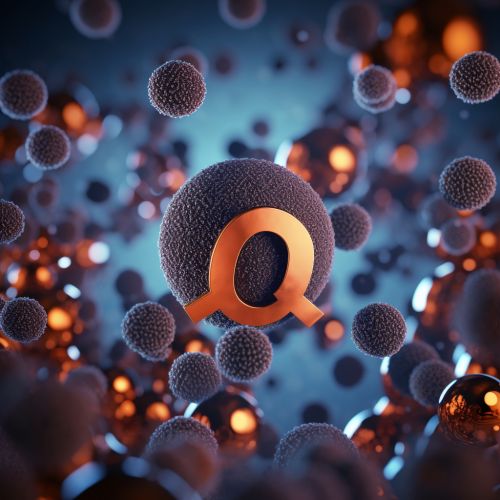
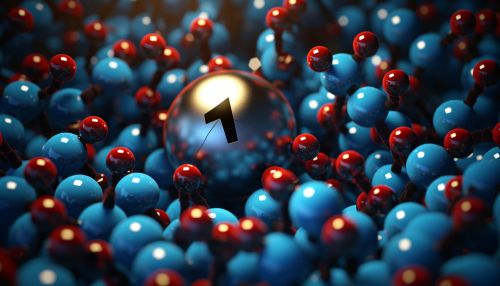
Conclusion
Nanotechnology is playing an increasingly important role in medicine, offering the potential to significantly improve drug delivery, therapy techniques, and diagnostics. However, as with any new technology, it is important to consider the potential drawbacks and ethical implications.
